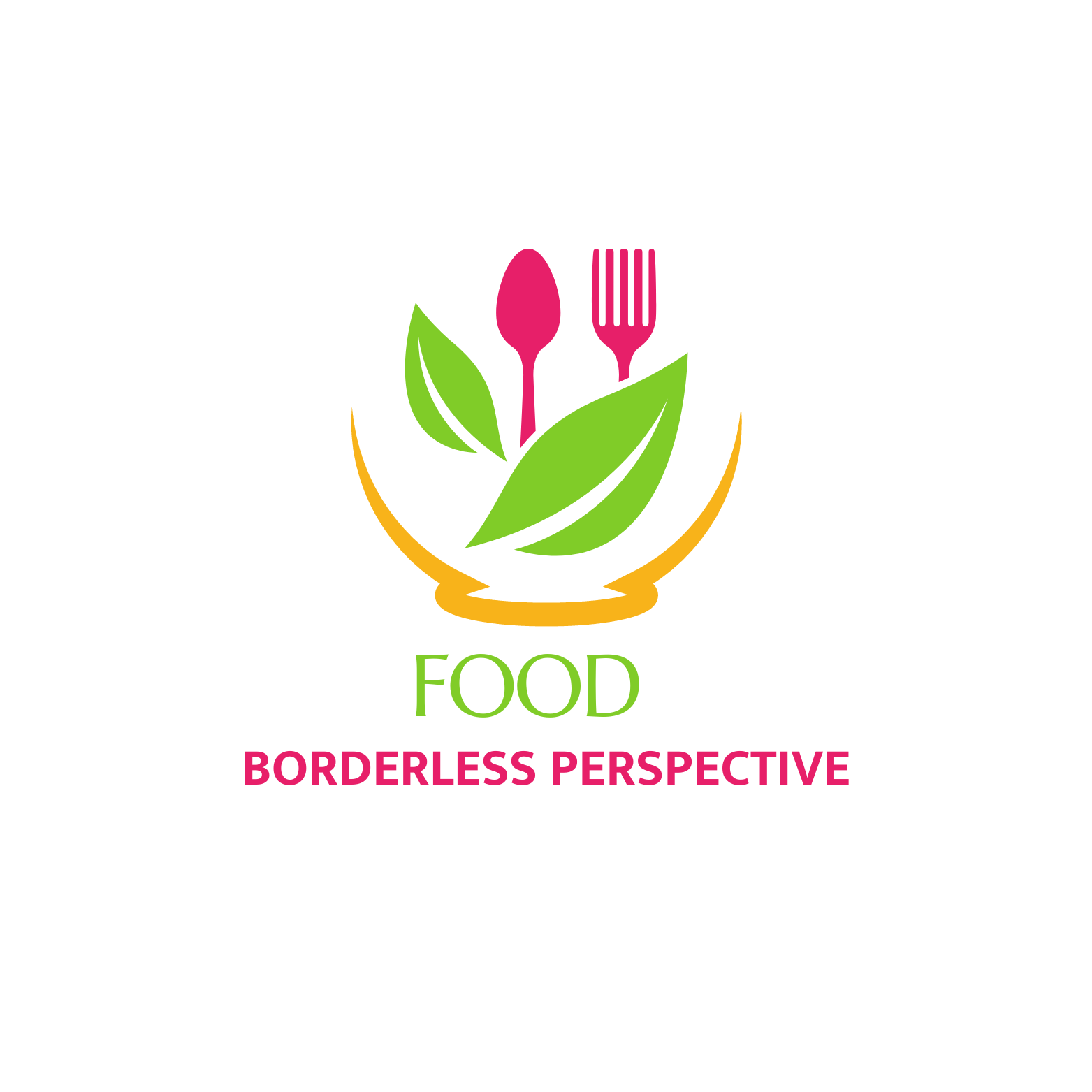Did you know that approximately 90 percent of the soybeans and 80 percent of the corn grown in the United States are genetically modified? That’s right! Genetically modified organisms, or GMOs, have become a pervasive presence in our food system. While they offer potential benefits, such as increased crop yields and resistance to pests, GMOs also raise concerns about their impact on our health and the environment.
Whether you’re a staunch supporter of GMOs or skeptical about their safety, it’s important to understand the facts and make informed decisions. In this article, we’ll explore the world of genetically modified foods, delving into the benefits, risks, and ethical concerns surrounding their use. From the history and development of GMOs to the global presence and the case for GMOs in food security and sustainability, we’ll provide a comprehensive overview of this controversial topic.
Key Takeaways:
- GMOs make up a significant portion of the US food supply, with the majority of soybeans and corn being genetically modified.
- GMOs have potential benefits, such as increased crop yields and resistance to pests, but also raise concerns about their impact on health and the environment.
- Understanding the facts about GMOs is crucial in making informed decisions about the food we consume.
- This article will provide a comprehensive overview of the history, benefits, risks, and ethical concerns surrounding genetically modified foods.
- Stay informed and empowered to make your own choices about GMOs.
The History and Development of GMOs
The concept of genetic modification has an extensive history, dating back to the discovery of DNA in the 1940s. Since then, it has evolved to revolutionize agriculture and address various challenges in the food industry. Genetically modified organisms, or GMOs, are created through the process of altering an organism’s genetic makeup. This involves combining genes from different organisms to develop transgenic crops, also known as genetically modified crops.
The first genetically modified plant, an antibiotic-resistant tobacco plant, was successfully created in 1983. This breakthrough paved the way for further research and development in the field of genetic modification. China became the first country to commercialize a transgenic crop in the early 1990s, marking a significant milestone in the adoption of GMOs. Following China’s lead, other countries began exploring the potential of genetically modified crops.
Over the years, several transgenic crops have received marketing approval worldwide. Canola, corn, cotton, soybeans, and squash are among the genetically modified crops that have gained widespread acceptance. These crops offer valuable traits such as resistance to pests, diseases, and harsh environmental conditions. They also contribute to increased yields and enhanced nutritional content.
Despite their proven benefits, the approval of genetically modified foods has not been without controversy. Regulatory bodies, such as the Food and Drug Administration (FDA), play a crucial role in evaluating the safety and environmental impact of GMOs. Rigorous testing and assessment are conducted to ensure that genetically modified foods meet strict standards before they are marketed.
“The development of GMOs has revolutionized agriculture, leading to crops with improved traits and increased resilience.”
As the field of genetic modification continues to advance, ongoing research and development are underway to explore new possibilities in the world of genetically modified crops. The history of GMOs demonstrates the incredible progress made in harnessing biotechnology to improve agricultural practices and meet the demands of a growing population.
Timeline of GMO Development
| Year | Milestone |
|---|---|
| 1940s | Discovery of DNA |
| 1983 | Creation of the first genetically modified plant |
| 1990s | China becomes the first country to commercialize a transgenic crop |
| Present | Ongoing research and development in genetically modified crops |
Common Genetically Modified Foods
Genetically modified (GM) foods have become increasingly prevalent in our food system, offering various benefits and advancements. Here are some common GM fruits and vegetables, oils, and staple crops:
GM Fruits and Vegetables
One example of GM fruits is the virus-resistant papaya. By introducing genetic modifications, scientists have successfully created a papaya variety that is resistant to deadly viruses, ensuring a healthier harvest. Another notable GM vegetable is the insect-resistant potato. These genetically modified potatoes are engineered to produce built-in protection against destructive pests, reducing the need for excessive pesticide use and promoting sustainable farming practices. Zucchini resistant to multiple viruses is another remarkable achievement of genetic modification, ensuring better harvests and preventing crop losses.
GM Oils
GM oils have garnered widespread usage in cooking and food production. Canola oil, derived from genetically modified rapeseed, is a popular choice known for its high smoke point and heart-healthy qualities. Cottonseed oil, obtained from genetically modified cotton plants, is another commonly used oil in the food industry due to its neutral flavor profile and versatility in various culinary applications.
GM Maize
GM maize, more commonly known as corn, holds significant importance in various aspects of food production. It is extensively grown in the USA and serves multiple purposes, including livestock feed, ethanol production, and as a vital ingredient in various food products. The genetic modifications in GM maize have enabled it to withstand herbicides and pests, resulting in improved crop yield and minimized losses.
GM Sugar
Sugar derived from genetically modified sugar beets has been a game-changer in the food industry. These sugar beets are engineered to be herbicide-tolerant, allowing for effective weed control without harming the crop. GM sugar is used extensively in food manufacturing, ensuring a steady supply while reducing the environmental impact of weed management.
These genetically modified foods, along with many others, have revolutionized the way we produce and consume food. They offer improved yields, reduced pesticide use, and enhanced crop protection, contributing to a more sustainable and efficient agricultural system.
GM Fruits and Vegetables, GM Oils, GM Maize, and GM Sugar:
| Genetically Modified Foods | Examples |
|---|---|
| GM Fruits | Virus-resistant papaya |
| GM Vegetables | Insect-resistant potatoes, zucchini resistant to multiple viruses |
| GM Oils | Canola oil, cottonseed oil |
| GM Maize (Corn) | Livestock feed, ethanol production, various food applications |
| GM Sugar | Derived from herbicide-tolerant sugar beets |
These genetically modified foods are available in various forms and used extensively in the food industry, catering to a wide range of dietary preferences and needs.
The Global Presence of GMOs
When it comes to genetically modified organisms (GMOs), the global landscape is a patchwork of approvals, regulations, and adoption. Different countries have taken unique approaches to the cultivation and use of GMOs, resulting in a varied presence across the globe.
In terms of GMO approval, the United States leads the pack. Known for its extensive use of genetically modified crops, the U.S. has embraced the potential benefits of GMO technology. From herbicide-resistant soybeans to insect-resistant corn, GMOs have become a staple in American agriculture.
Canada, too, has shown a strong adoption of GMOs. Similar to its southern neighbor, Canada has embraced genetically modified crops and their potential to increase yields and improve agricultural practices.
The situation is quite different in the European Union (EU). Several countries within the EU have implemented strict regulations on GMOs, resulting in limited cultivation and import of genetically modified products. These regulations reflect the cautious approach taken by many European nations, prioritizing consumer choice and safety.
GMO adoption is influenced by a variety of factors, including government regulations, public perception, and established agricultural practices. While some countries have embraced GMO technology, others have taken a more cautious approach. These divergent approaches have created a global landscape where the presence of GMOs varies significantly from one country to another.
| Country | GMO Approval | GMO Regulations | GMO Adoption |
|---|---|---|---|
| United States | Extensive | Relatively permissive | High adoption rates |
| Canada | Significant | Relatively permissive | High adoption rates |
| European Union | Varies by country | Restrictive | Varies by country |
It is important to note that the global presence of GMOs is an evolving landscape. As research and technology continue to advance, countries may reassess their regulations and views on GMOs. The ongoing dialogue surrounding GMOs will shape the future of agriculture and food production worldwide.
Benefits and Risks of GMOs
Genetically Modified Organisms (GMOs) offer a range of potential benefits in agriculture, addressing critical challenges and providing innovative solutions. These benefits include:
- Increased crop yields: GMOs have the ability to enhance the productivity of crops by improving their resistance to pests, diseases, and environmental stresses. This can help meet the rising global demand for food.
- Enhanced nutritional content: Genetically modified crops can be engineered to have higher levels of essential nutrients, such as vitamins and minerals, making them more nutritious and beneficial for human consumption.
- Reduced pesticide use: By incorporating natural pest and insect resistance traits, GMOs can significantly reduce the need for chemical pesticides, leading to a decrease in harmful environmental impacts.
- Improved resistance: GM crops can be engineered to withstand harsh growing conditions, such as drought, extreme temperatures, and soil salinity, thereby increasing their adaptability and resilience.
While GMOs offer these potential benefits, there are also legitimate concerns regarding their safety and impact. Some of the risks and concerns associated with GMOs include:
- Safety concerns: There are ongoing debates about the long-term health effects of consuming genetically modified foods. Extensive research is being conducted to ensure the safety and assess the potential risks for human consumption.
- Environmental impact: The cultivation of genetically modified crops may have unintended consequences on biodiversity, as well as the development of herbicide-resistant weeds and insect pests.
- Controversial intellectual property rights: The patenting of genetically modified seeds has raised concerns about corporate control over the food supply and the limited access of farmers to traditional seed varieties.
- Labeling and transparency: Many consumers are concerned about the lack of mandatory labeling for GMO-containing products, making it challenging to make informed choices about the food they consume.
Regulatory bodies, scientific institutions, and governments worldwide are actively addressing these concerns, conducting research, and implementing regulations to ensure the safety and responsible use of GMOs. Through careful oversight and ongoing monitoring, the potential benefits of GMOs can be maximized while minimizing any potential risks.
Comparative Analysis of GMO Benefits and Risks
| Benefits of GMOs | Risks and Concerns of GMOs |
|---|---|
| Increased crop yields | Safety concerns |
| Enhanced nutritional content | Environmental impact |
| Reduced pesticide use | Controversial intellectual property rights |
| Improved resistance | Labeling and transparency |
The Case for GMOs in Food Security and Sustainability
The world is facing a global food crisis, with challenges in food security and sustainability amid a growing population. The demand for food is projected to increase significantly in the coming years, and traditional agricultural methods may not be sufficient to meet this demand. This is where genetically modified organisms (GMOs) come into play.
GMOs have the potential to address the global food crisis by increasing food production, reducing crop losses, and enhancing nutritional content. Through biotechnology, scientists can modify the genetic makeup of crops to make them more resistant to pests, diseases, and harsh environmental conditions. This increased resilience allows farmers to achieve higher yields and reduce the risk of crop failures, ensuring a stable supply of food.
Additionally, GMOs can help alleviate the strain on limited resources such as arable land and water. By developing crops that require less land and water to thrive, GMOs promote sustainable agricultural practices. This is especially crucial as the world’s population continues to grow, and the availability of fertile land diminishes.
Moreover, genetically modified crops have the potential to address malnutrition and improve public health. Scientists can enhance the nutritional content of staple crops, such as rice enriched with essential vitamins and minerals. This fortification can help combat micronutrient deficiencies, especially in developing countries where access to diverse diets may be limited.
GMOs also offer a more environmentally friendly approach to agriculture. Genetically modified crops can be engineered to require fewer pesticides and herbicides, reducing the harmful impact on ecosystems and human health. Furthermore, some GMOs are designed to be more resistant to extreme weather conditions, helping farmers adapt to climate change and mitigate its effects on food production.
While there are concerns and debates surrounding GMOs, it is essential to consider the potential benefits they bring to food security and sustainability. By harnessing the power of biotechnology, GMOs have the capacity to feed the growing population, address the global food crisis, and promote environmentally sustainable agricultural practices.
GMOs and Food Security
GMOs play a vital role in ensuring food security by increasing crop yields, reducing losses, and enhancing resilience. Through genetic modification, crops can be engineered to withstand pests, diseases, and adverse environmental conditions, resulting in a more stable and abundant food supply.
GMOs and Sustainability
The use of GMOs promotes sustainability by reducing the reliance on limited resources such as land and water. Genetically modified crops require less land to produce higher yields and can be designed to thrive in water-stressed environments. This sustainable approach to agriculture contributes to long-term environmental preservation.
Feeding the Growing Population
With the global population projected to reach 9.7 billion by 2050, the demand for food will continue to rise. GMOs offer a viable solution to feeding this growing population by increasing agricultural productivity and ensuring a stable food supply.
The Global Food Crisis
The world is currently facing a global food crisis, characterized by increasing food prices, food insecurity, and malnutrition. GMOs provide a promising avenue to address these challenges and alleviate the strain on the global food system.
| GMOs and Food Security | GMOs and Sustainability | Feeding the Growing Population | The Global Food Crisis |
|---|---|---|---|
| Increased crop yields | Reduced reliance on limited resources | Addressing food demand | Solutions to food price hikes and insecurity |
| Enhanced resilience to pests and diseases | Promotion of sustainable agriculture | Stable food supply | Alleviation of malnutrition |
| Improved nutritional content | Less environmental impact | Relief from strain on the global food system |
GMO Labeling and Consumer Choice
When it comes to GMO labeling, the conversation is far from straightforward. On one hand, there are those who firmly believe that consumers have the right to know whether the products they buy and consume contain genetically modified ingredients. They argue that labeling GMOs promotes transparency and empowers individuals to make informed choices about the food they put on their plates.
On the other hand, some skeptics caution that mandatory GMO labeling could create unnecessary fear and misunderstanding about genetically modified organisms. They argue that labeling might perpetuate misconceptions and stigmatize GMOs, despite the scientific evidence supporting their safety.
In response to this ongoing debate, different countries and regions have implemented diverse labeling regulations. Some have established mandatory labeling schemes, requiring clear identification of genetically modified products. Others have opted for voluntary labeling, allowing food manufacturers to inform consumers about the presence or absence of GMOs in their products without mandating it.
“The right to know what’s in your food is essential for consumer choice and control over the products they purchase.”
– Jane Williams, Consumer Advocate
“Forcing GMO labeling could create unnecessary fear and misconceptions, hindering scientific progress and the potential benefits of genetically modified foods.”
– Dr. Mark Stevenson, Geneticist
The debate over GMO labeling continues to spark conversations about consumer awareness, transparency, and the freedom to choose. By providing accurate and transparent information, consumers can make decisions that align with their personal beliefs, dietary preferences, and concerns about genetically modified foods.
| Country/Region | GMO Labeling Requirements |
|---|---|
| United States | Mandatory labeling of GMOs is not required at the federal level. However, some states have implemented their own labeling laws. |
| European Union | Mandatory labeling of GMOs is required for all genetically modified food and feed products. |
| Canada | Mandatory labeling of genetically modified foods is not required. However, voluntary labeling guidelines provide options for manufacturers. |
| Australia | No mandatory GMO labeling requirements. However, voluntary labeling of genetically modified foods is allowed. |
While the labeling landscape varies across different jurisdictions, the ultimate goal remains the same: to provide consumers with the information they need to make educated choices about GMOs. By embracing transparency and promoting consumer awareness, we can navigate the complexities of genetically modified foods with confidence.
Conclusion
After examining the world of genetically modified foods (GMOs), it is clear that they have become a significant presence in the global food system. GMOs offer potential solutions to food security and sustainability challenges, with benefits such as increased crop yields and reduced pesticide use. However, concerns about their safety, environmental impact, and consumer choice cannot be ignored.
While GMOs have undergone extensive research and regulation to ensure their safety, public concerns persist. It is crucial to continue studying and monitoring the impact of GMOs on human health and the environment to address these concerns effectively. Transparency and accurate information are essential in informing consumers about the presence of GMOs in the products they consume.
As we move forward, it is necessary to strike a balance between the potential benefits of GMOs and addressing the concerns surrounding their use. Continued research, regulation, and consumer education are crucial in ensuring the responsible use of GMOs. By doing so, we can maximize the potential of genetically modified foods while addressing public concerns and promoting a sustainable and secure food system for all.
FAQ
Should I be worried about GMOs?
What are GMOs and genetically modified organisms?
What are the concerns about GMOs?
What are the benefits of GMOs?
What are some commonly genetically modified foods?
How are GMOs regulated globally?
Are there risks associated with GMOs?
Can GMOs contribute to food security and sustainability?
How are genetically modified foods labeled?
MORE SOURCES TO READ:
- https://www.procon.org/headlines/gmos-top-3-pros-and-cons/
- https://www.ncbi.nlm.nih.gov/pmc/articles/PMC3791249/
- https://www.ncbi.nlm.nih.gov/pmc/articles/PMC8441473/
![]()














Recent Comments